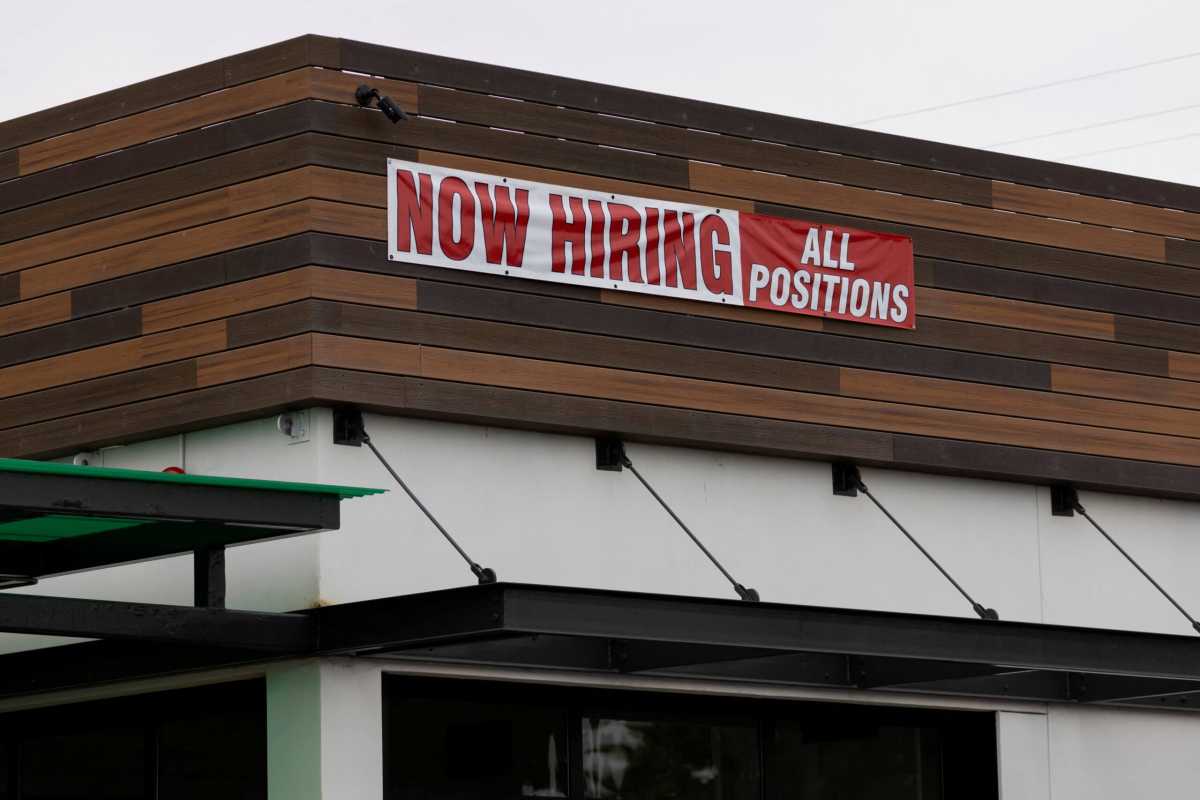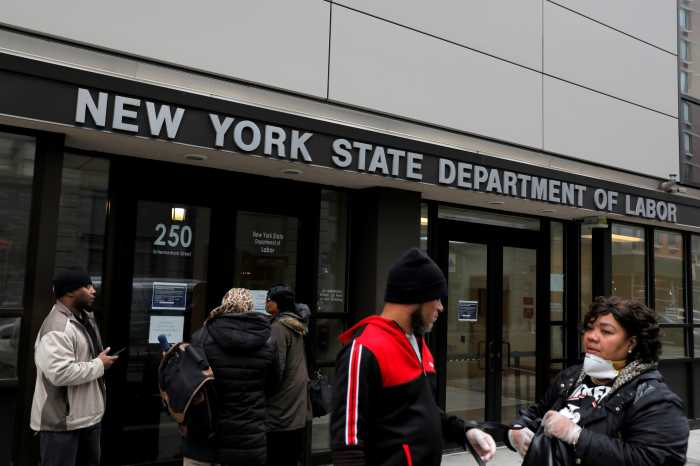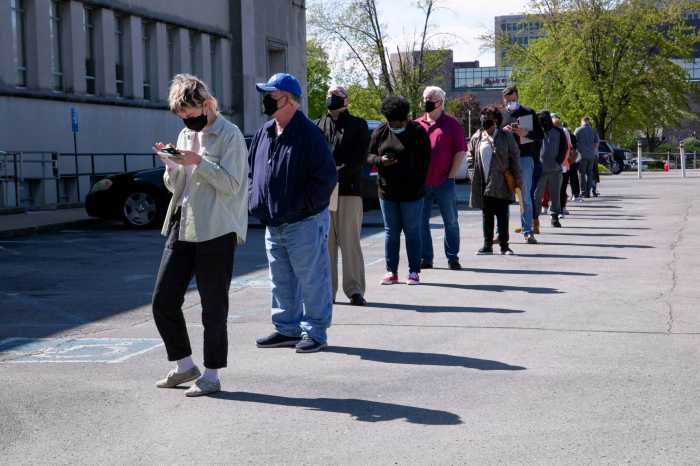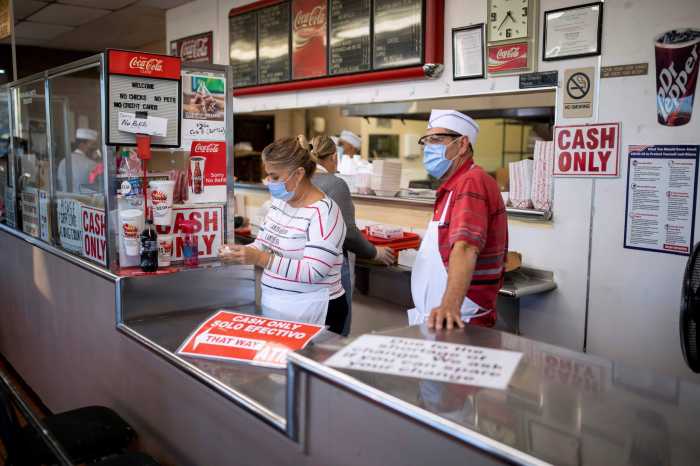U.S. job growth surged in February, pushing the unemployment rate to a two-year low of 3.8%, raising optimism that the economy could withstand mounting headwinds from geopolitical tensions, inflation and tighter monetary policy.
The two-tenths of a percentage point drop in the unemployment rate last month from 4.0% in January reported by the Labor Department on Friday was despite 304,000 people entering the labor force.
Though average hourly earnings were flat last month, that was likely because of the return of workers in lower-paying industries as well as a calendar shift. Companies are raising wages to attract scarce workers, which is contributing to higher inflation. Wages increased 5.1% on a year-on-year basis.
“This is another sign that the real economy has considerable momentum,” said Michael Pearce, a senior U.S. economist at Capital Economics in New York. “That will give the Federal Reserve greater confidence to push ahead with its planned policy tightening but, with wage growth now leveling off, there is arguably less pressure for officials to front-load an aggressive series of rate hikes over the coming months.”
The closely watched employment report’s survey of establishments showed nonfarm payrolls jumped by 678,000 jobs last month. Data for January was revised higher show 481,000 jobs created instead of 467,000 as previously reported.
That left employment 2.1 million jobs below its pre-pandemic level. Economists expect all the lost jobs will be recouped this year. Employment growth was boosted by subsiding infections of the Omicron variant of COVID-19.
Economists polled by Reuters had forecast payrolls rising by 400,000, with estimates ranging from as low as 200,000 to as high as 730,000 jobs. The average workweek increased to 34.7 hours from 34.6 in January.
February’s broad increase in employment gains was led by the leisure and hospitality industry, one of the sectors hardest hit by Omicron. Leisure and hospitality payrolls increased by 179,000 job. Employment at restaurants and bars shot up 124,000, while hotels and motels added 28,000 workers.
Employment in the professional and business services industry increased by 95,000. Retailers added 37,000 jobs. Manufacturing payrolls increased by 36,000 jobs, while construction employment rose by 60,000. Government employment increased by 24,000 jobs
The dollar rallied against a basket of currencies, while U.S. Treasury yields fell.
BRIGHT SPOT
Fed Chair Jerome Powell this week described the labor market as “extremely tight,” and told lawmakers that he would support a 25-basis-point interest rate increase at the U.S. central bank’s March 15-16 policy meeting and would be “prepared to move more aggressively” later if inflation does not abate as fast as expected.
Oil prices have surged above $100 a barrel since Russia launched a war against Ukraine last week, invoking a barrage of sanctions against Moscow by the United States and its allies. Inflation was already a headache before the Russia-Ukraine war.
Economists expect as many as seven rate hikes this year.
Details of the household survey from which the unemployment rate is derived were equally strong. The labor force participation rate, or the proportion of working-age Americans who have a job or are looking for one, increased to 62.3% last month from 62.2% in January.
The employment-to-population ratio rose to 59.9% from 59.7% in January.
“There is plenty of concerning news in the world right now, from the Russia-Ukraine conflict to sky-high inflation,” said Sam Bullard, a senior economist at Wells Fargo in Charlotte, North Carolina. “But the U.S. employment recovery continues to be a bright spot amid the carnage.”






































